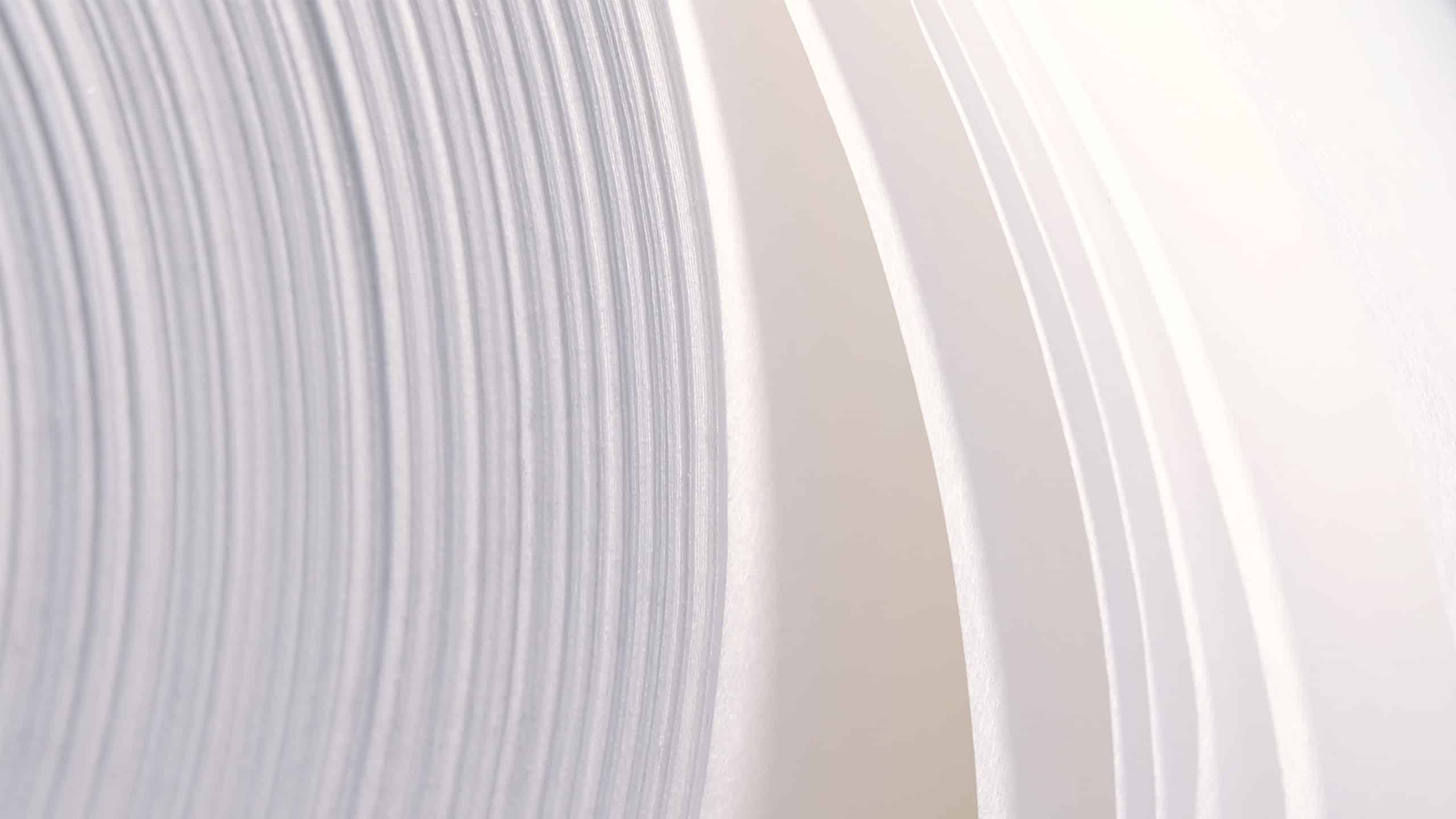How Paptic® supports sustainable hygiene product packaging?

What makes Paptic® materials unique for sustainable packaging?
Paptic® materials stand out in sustainable packaging due to their unique blend of properties that combine the best features of paper, plastic, and textiles. This innovative fusion results in a packaging solution that not only meets but exceeds the demands for eco-friendly alternatives. The materials are primarily composed of renewable wood fibres, responsibly sourced from sustainably managed forests, ensuring they positively contribute to environmental sustainability, as emphasized by the Confederation of European Paper Industries (CEPI). This distinct composition offers recyclability, reusability, and durability, setting Paptic® apart from other fibre-based solutions.
Unlike conventional fibre-based materials, Paptic® provides a silent, soft, and flexible option that enhances the user experience. These attributes are particularly advantageous for hygiene product packaging, where tactile sensation and durability are crucial. The unique touch and feel of Paptic® materials help brands stand out on crowded shelves, offering a premium look that resonates with consumers. Moreover, Paptic® materials significantly reduce dependency on single-use plastics, aligning with the European Environment Agency’s findings on minimizing overall plastic waste.
How are Paptic® fibres sourced responsibly?
Responsible sourcing of fibres is a cornerstone of Paptic’s commitment to sustainability. Our fibres are derived from wood sourced from sustainably managed forests, ensuring biodiversity, productivity, and ecological balance, as supported by CEPI’s guidelines on sustainable forest management. This approach maintains the forests’ health and productivity for future generations, balancing environmental, social, and economic factors.
We understand that responsibly sourcing fibres requires complex considerations and a commitment to transparency and ethical practices. By partnering with suppliers who adhere to sustainable forest management principles recognized by CEPI, we ensure our materials contribute to a more sustainable future. This commitment not only supports the environment but also aligns with consumer expectations for responsibly sourced products.
What benefits do Paptic® solutions offer over conventional options?
Paptic® solutions offer several advantages over traditional packaging materials, particularly in terms of environmental impact, durability, and suitability for hygiene products. A significant benefit is the reduction in plastic waste, as companies can significantly decrease their environmental footprint by replacing plastic with Paptic® materials. The recyclability and reusability of Paptic® packaging further enhance its eco-friendly credentials, aligning with the European Parliament’s emphasis on recycling in the EU.
In terms of durability, Paptic® materials provide a robust yet lightweight solution that effectively protects delicate hygiene products. This durability does not come at the expense of aesthetics; Paptic® packaging offers a premium appearance that enhances brand image and consumer appeal. Additionally, the materials’ unique properties, such as silent handling and softness, improve the overall user experience, making them a superior choice for hygiene product packaging.
Why is sustainability important in hygiene product packaging?
Sustainability in hygiene product packaging is crucial due to the significant environmental impact of conventional packaging materials. Hygiene products often require secure and protective packaging, leading to extensive use of plastics that contribute to environmental degradation and plastic pollution, as highlighted by UNEP. As awareness of these issues grows, consumers increasingly demand eco-friendly packaging solutions.
Sustainable packaging not only addresses environmental concerns but also meets consumer expectations for products aligned with their values. By adopting sustainable packaging solutions like Paptic®, companies can demonstrate their commitment to environmental responsibility, enhancing their brand reputation and meeting the growing demand for sustainable products. This shift towards sustainability is essential for reducing the ecological impact of packaging and promoting a healthier planet.
How does Paptic® contribute to a circular economy?
Paptic® plays a vital role in promoting a circular economy through its innovative packaging solutions. A circular economy focuses on minimizing waste and maximizing resources by promoting recycling, reusing, and regenerating materials, as outlined by CEPI. Paptic® materials are fully recyclable, allowing them to be integrated into existing recycling streams for packaging papers and cardboard.
By providing a drop-in solution for replacing plastics in hygiene packaging, Paptic® facilitates the transition towards more sustainable practices. The materials’ ability to run on existing packing lines without modifications further supports their integration into the circular economy. By reducing waste and promoting the reuse and recycling of materials, Paptic® helps close the loop in packaging processes, contributing to a more sustainable future.
